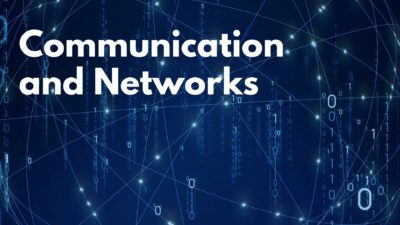NIST researchers Eugene Song and Kang Lee recently presented on the importance of standards and interoperability for smart sensing in an EE Times University course. They emphasized that as sensors become increasingly prevalent in various IoT applications, from aircraft to healthcare, specific requirements emerge for their operation, data protection, and network interoperability.
Lee provided a checklist for selecting sensors, highlighting factors like sensing accuracy, power consumption, mechanical specifications, software compatibility, and cost. Song discussed the upcoming IEEE P1451.0 standard for smart transducers, interfaces, and network interfaces, which is currently being balloted. This standard aims to define common functions, network interfaces, transducer services, and TEDS formats to promote data interoperability in IoT, industrial IoT, and cyber-physical system applications.
The benefits of IEEE 1451 standards-based sensor networks include enabling data interoperability between sensors from different vendors, providing TEDS for storing sensor metadata, and facilitating rapid sensor deployment and testing. The standard aims to overcome technical challenges such as energy efficiency, environmental conditions, and sensor affordability.
Keywords: IEEE P1451.0, Smart transducers, TEDS



